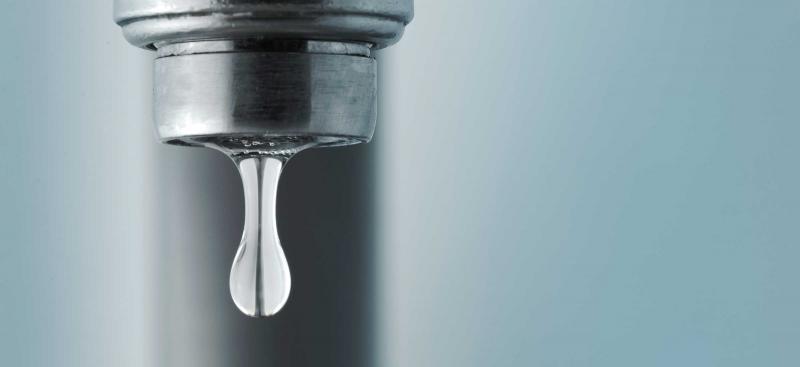Check for leaks
Water losses caused by dripping faucets can range from several gallons to hundreds of gallons of water per day. Check faucets regularly for leaks at the faucet head and seepage at the base and its connections.
Fix leaks
Whether a two-handled or a single-handled faucet, leaks are repaired by replacing washers and by tightening or repacking the faucet stem. Do-it-yourselfers can find a variety of repair kits in local home improvement and hardware stores. Most kits contain detailed instructions and a listing of necessary tools. If preferred, a plumber can make repairs.
Install low-flow
If you don’t already have low-flow fixtures, you will want to replace them. To find out if you have low-flow, check the amount of water flowing from each faucet. You can do this by opening the faucet and allowing the water to flow into a container for 10 seconds. Multiply the amount of water in the container by six to determine the per minute flow. If your existing faucet flows above 2.5 gallons per minute, install a low-flow faucet. For a bathroom faucet, a 1.5-gallons-per-minute flow will provide sufficient water for personal hygiene needs. For a kitchen faucet, you may want a 2.5-gallons-per-minute flow to make sure the flow of water is enough to wash and rinse dishes.
If installing low-flow faucets is not practical, install faucet aerators and flow restrictors on all faucets.
Faucet aerators are circular screened disks, usually made of metal, that are screwed onto the head of the faucet to reduce flow. Aerators for kitchen faucets are available with a variety of spray patterns and flow-control features. Faucet aerators require periodic cleaning of grit and scale buildup that may inhibit flow.

